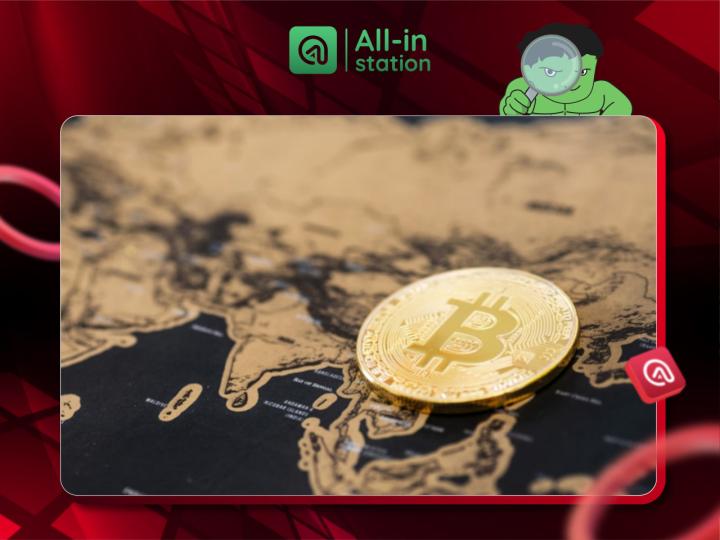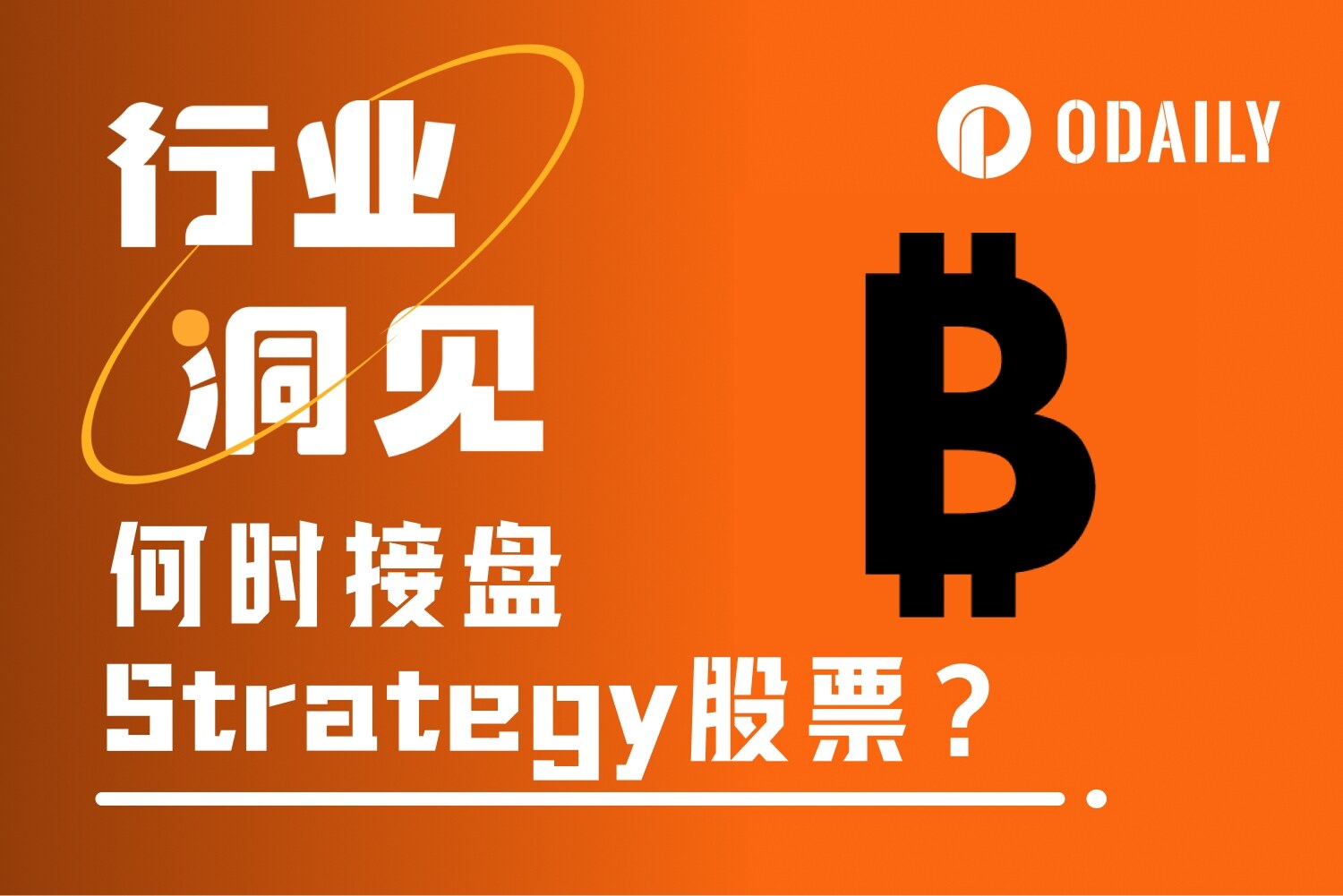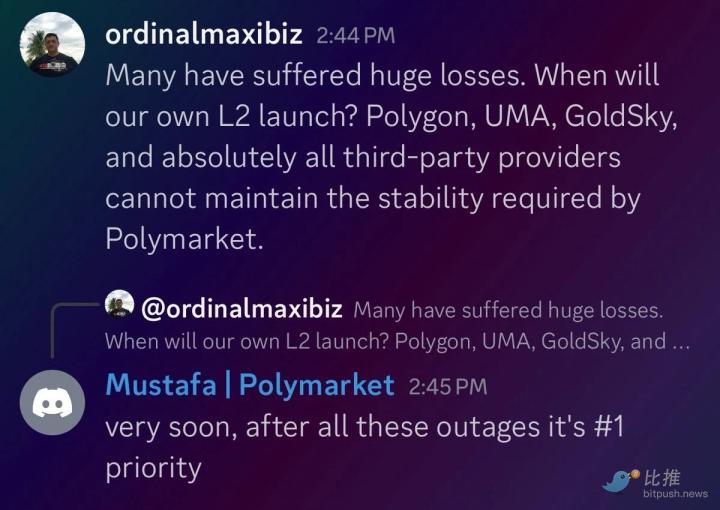Original source: mirror , 0xfF5A
Compilation: Translator of Odaily Planet Daily | Moni

Image Credit: Generated by Maze AI
Although the blockchain industry has been developing for more than ten years, if Ethereum wants to compete with the Web2 giants and occupy a space in the software field, it needs to reach the scale of the Internet, but there is no expansion plan or L1 to support it. At the same time, there are many problems in the Multichain itself. Ethereum L2 has reached the limit of user experience, but it is still far from global scale adoption, and it is not enough to support a decentralized network.
In order to support the hundreds, thousands, and tens of thousands of future blockchains, the industry needs a paradigm shift. And this is precisely the original intention of Optimism to launch the "Superchain" Superchain.
"Super chain" basic concept
Horizontal scalability requires multiple blockchains, but the traditional Multichain architecture cannot satisfy. By using L2 to form a Multichain ecosystem, each chain can be regarded as a commodity, that is, "interchangeable computing resources". The idea of commoditizing blockchains allows developers to build Cross-chain applications without introducing systemic risk or incurring significant overhead when deploying applications on new chains. The concept of the blockchain itself can become abstract. At this time, the interoperable blockchain network can be regarded as a unit, that is, the "super chain".
"Super chain" is a L2 network, OP chain (OP Chain) is a single chain in the super chain , regardless of its specific attributes, if it is officially managed by Optimism Collective, it is regarded as an OP chain, so it is part of the super chain, Share security, communication layers, and open-source technology stacks with each other. But unlike Multichain designs, OP are standardized and intended to be used as interchangeable resources, which will enable developers to build applications that target the entire superchain and abstract away the underlying chain.
"Superlink" attribute
In order to upgrade Optimism to a hyperchain, the following properties must be present:
- Share L1 blockchain, purpose: to provide total ordering of transactions across all OP chains.
- A shared bridge for all OP chains, purpose: to make OP chains have standardized security attributes.
- Low-cost OP chain deployment, purpose: to deploy and trade on the OP chain without paying high fees for L1 transactions.
- The configuration option of the OP chain, the purpose: to enable the OP chain to configure its data availability provider, sorter address, etc.
- Secure transactions and Cross-chain messaging, purpose: to enable users to securely migrate assets between OP chains.
Once Optimism satisfies these properties, it can be regarded as a super chain.
Upgrade Optimism to "Super Chain"
Optimism has stated that the initial "super chain" needs to be created after Bedrock is released, so that many other blockchains can be deployed and upgraded using the same bridge. Data is placed on the super chain, including key configuration values such as generating a unique chain ID, block gas limit, etc. Once the data is deployed, Optimism will create a "chain factory" for each chain deployment configuration and All other required contracts where all chain data can be synced based on L1 blocks, Optimism nodes can deterministically sync any OP chain given a single L1 address plus a connection to L1.
In the "super chain" bridging security model, security (that is, validity) and liveness (that is, anti-censorship) can be guaranteed. Security is guaranteed by the proof system, and liveness is guaranteed by the ability to submit transactions directly to L1. The combination of safety and liveness means that if there is an anomaly in the OP Chain orderer, users can always submit transactions to L1, and L1 will migrate their usage to a new OP Chain with a properly functioning orderer.
Optimism still needs to solve 6 pain points if it wants to upgrade to the "super chain"
There are still at least 6 pain points that the "Superchain" needs to solve before realizing the vision of a fully scalable blockchain.
Pain point 1: Withdrawal claims rely on a set of trusted chain provers
Potential solution: The set of trusted on-chain provers could be replaced by introducing permission-free proofs, however the challenge with fully on-chain proofs is that there is no fallback mechanism if they are broken. To ensure that things never go wrong, a multi-authentication system that provides security through redundancy can be introduced.
Pain point 2: Cross-chain transactions are very slow
Potential solution: Optimism's proof-of-failure imposes a user experience burden due to the need to wait for the challenge period to complete safely. This means that if your challenge period is long, users will have to wait a long time to migrate their assets from one OP chain to the next. Proof-of-validity can solve this problem, which has no challenge period and thus provides instant withdrawals from one OP chain to the next. However, validity proofs are usually implemented using Zero-knowledge Proof(ZKP), which are expensive and error-prone, and it may take years for ZKP to be commercialized enough to become a major Cross-chain communication protocol. A proof system that enables developers to provide low-latency bridging for low-value assets and high-latency bridging for high-value assets.
Pain point 3: Cross-chain transactions are asynchronous, breaking the ability to execute atomic Cross-chain transactions (such as Flash Loan)
Potential solution: By using a shared ordering protocol on both OP chains, it is possible to introduce synchronous Cross-chain messaging and enable atomic Cross-chain interactions. By combining low-latency inter-L2 messaging with shared ordering, it is possible to execute complex transactions such as Cross-chain Flash Loan, and even go one step further and create an EVM abstraction where separate smart contracts (or even separate storage slots) exist in different on the chain.
Pain point 4: After the transaction is published to the super chain, it cannot be expanded, because the transaction data must be submitted to L1 with limited capacity
Potential solution: Today, L1 Data Availability (DA) does not scale enough to support Internet-scale scale, but expands the amount of data accessible to OP chains by using the Plasma protocol, which enables alternative DA providers to supplement the more limited L1 DA. The general Plasma protocol can be extended beyond the possibility of L1, because only users interested in transaction data will download Plasma data, while on L1, every Ethereum node downloads all transaction data on L1. Due to hashing's ability to reduce data of any size to constant-sized commitments, and the ability to process transactional data hashes in parallel, Plasma DA can be used to achieve near-perfect horizontal scalability of data commitments, which means that games or social Massively scalable applications such as media are placed on the Plasma chain.
Pain points 5 and 6: There is no simple framework to build scalable Dapp utilizing the OP chain, and there is no simple wallet to manage assets and Dapp on the OP chain
Potential solutions: tools that can be built on top of the core hyperchain protocol, such as: content addressable smart contracts - which allow contracts to have the same address on all chains; Cross-chain contract state management standards - for smart contracts How state migrates from one chain to another Creates standards to enable developers to shard their applications onto multiple chains; Superchain RPC endpoint - creates a single RPC endpoint where users can send their Superchain Transactions, regardless of which OP chain they intend to use, enable users to avoid constantly switching their networks. With a powerful Multichain Dapp framework, deploying Cross-chain Dapp may be as easy as deploying single-chain-specific Dapp .
Coinbase L2 Base is just the beginning
On the evening of February 23, the encrypted trading platform Coinbase announced the launch of the Ethereum layer 2 network Base test network based on OP Stack and reached a cooperation with Optimism. In fact, Base is a brand new L2 based on OP Stack.
As a core developer, Coinbase will join OP Labs to contribute to the mission of Optimism Collective, expanding the leading position of OP Stack as the most powerful public product, and Base will also return a portion of transaction fee income to the Optimism Collective treasury to further Realize the sustainable future vision of "impact = profitability".
The strong alliance between Optimism and Coinbase undoubtedly gave a good start to the development of the "super chain". In the short term, this cooperative effort will upgrade the Optimism Mainnet, Base and other L2 to an initial super chain structure, and has Shared bridging and sorting, in the future, more L2 will be incorporated into the "super chain" ecology; in the long run, the "super chain" can develop into a huge network, maximizing interoperability and sharing Centralize the protocol and standardize its core primitives.
There is no doubt that expansion is the kingly way.








